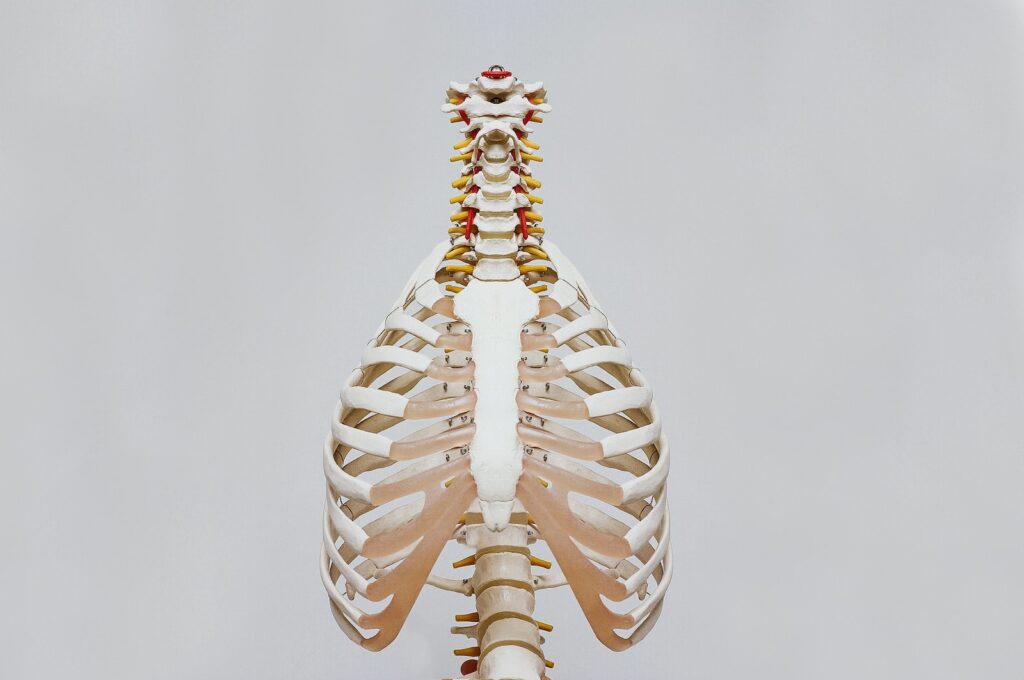Stress fractures aren’t usually something that is associated with the ribs. You’ve probably heard of foot stress fractures or leg stress fractures. Often, stress fractures occur in the weight-bearing bones and joints of the body.
But a stress fracture involving the rib bones is possible.
Interestingly, it’s actually considered an overuse injury. How? The serratus anterior, the muscles in the upper back that helps perform pull-ups and push-ups, may cause stress to the ribs when it is repeatedly contracted.
What Sports or Activities Are Rib Stress Fractures Commonly Associated With?
Tennis or baseball are common sports where you may experience a rib stress fracture. This is because of repeated overhead movements. Other activities, such as rowing, dancing, windsurfing, or backpacking, which involve many repeated contraction of the back muscles, may cause a stress fracture in the fourth or fifth rib.
Symptoms frequently include soreness around the ribs or the front of your neck, pain in the same area, and possibly tenderness around the shoulder blades.
What Should I Do If I Suspect a Rib Stress Fracture?
If you suspect a rib stress fracture, don’t continue training. Stop your activity or sport to prevent further damage. Book an appointment with your doctor or a sports medicine specialist.
Your doctor or the specialist may use X-rays, CT scans, bone scans, or an MRI to evaluate and diagnose your condition or injury. This also helps to rule out any other causes of pain or discomfort. Rib stress fractures are especially easy to confuse with other conditions, such as costochondritis or a muscle strain.
Treating a Rib Stress Fracture
You’ll be instructed by your doctor or your sports medicine specialist to avoid using your affected arm. Immobilizing your arm on the same side as the rib stress fracture may be necessary. This may involve the use of a sling.
A rib stress fracture frequently takes about 8 weeks to fully heal. Be patient. And don’t return to your regular activities until it has fully healed. Returning before the rib has had time to heal properly may result in persistent pain and problems.
When you do return to sports and your regular activities, use caution. Increase your training gradually and avoid overdoing it.
You may also be given rehab exercises for strengthening the affected area. These help decrease your risk of re-injuring the area and ensure you return to your regular activities stronger and better than before.





